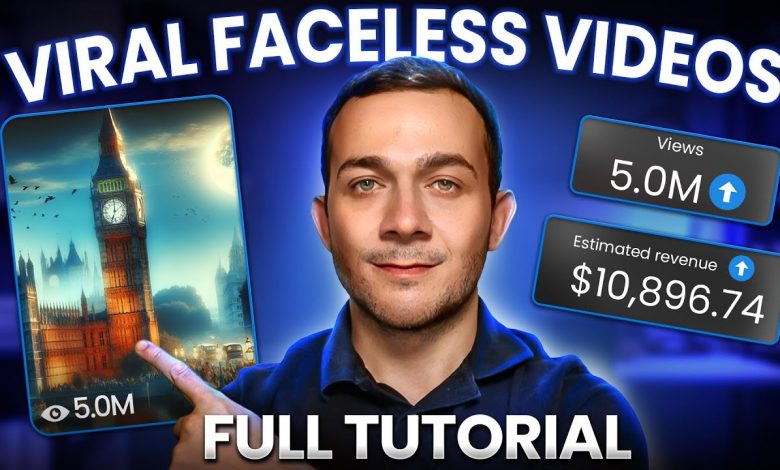How to make PASSIVE income with a FACELESS channel using DupDub AI tool

Hello and welcome, everyone! Today, I’ll guide you through the fascinating process of building a YouTube channel focused on travel—without ever showing your face on camera. For this project, I’ve selected the travel niche, empowered by a range of AI tools like “dupdub AI,” enhanced with Cloud AI support, and paired with stock footage from platforms such as Pexels and Pixabay.
The first step was deciding on a viable theme for a faceless YouTube channel. Travel vlogs typically demand personal footage, so I opted for a slightly different angle: travel hacks, tips, or must-have accessories—areas that can appeal broadly without being tied to specific locations. For this example, I zeroed in on “Travel Accessories Needed for a Trip to Europe.”
To create the content, I explored different methods for script generation. I began with a prompt, instructing the AI to “act as a travel expert and create a concise script under five minutes.” The initial output was a basic, bulleted list—useful, but not quite polished enough for narration. After some fine-tuning, though, the script evolved into something both engaging and informative.
Now, with the script in hand, I had the choice of narrating it myself or leveraging AI-generated voiceovers for a truly hands-off approach. I opted to use dupdub’s AI voiceover tool, which even offers script generation capabilities. After logging in, I accessed the text-to-speech function and pasted my refined script. Dupdub’s library is surprisingly versatile, featuring voices with different moods—whether upbeat, whimsical, or solemn, each one tailored for a unique tone. For this project, I chose a voice by Adam Kelly, whose neutral yet authoritative tone fit perfectly.
Before finalizing the narration, I made a few tweaks, such as removing any unnecessary labels like “Host” to keep the audio smooth. The outcome? A crisp, 3-minute and 48-second narration, exported in MP3 format and ready for integration with visuals.
For video editing, I turned to CapCut, which allowed me to sync the audio with relevant stock footage seamlessly. Using CapCut’s auto-caption feature, I added subtitles for extra clarity. I curated video clips representing European landmarks like Paris, Switzerland, and Venice, which matched the narration and added a rich visual element to the final piece.
In editing, I refined each subtitle to ensure they were perfectly aligned with the transitions in the video. Though I ran into a few hiccups, such as adjusting subtitle placement after changing clips, these minor tweaks were well worth the final polish.
With tools like dupdub AI and CapCut, creating faceless YouTube videos becomes efficient and accessible. Though the process may seem daunting at first, a bit of practice can transform it into a streamlined workflow. Soon, you’ll be able to generate captivating content consistently—whether for growing an audience, monetizing through ads, affiliate links, or even product promotions.
A special thank you to dupdub AI for sponsoring this tutorial. Their platform, teeming with cutting-edge AI tools, opens up endless possibilities for content creators. If you found this guide helpful, please don’t forget to like, subscribe, and stay tuned for more. Until next time—thank you, and happy creating!






